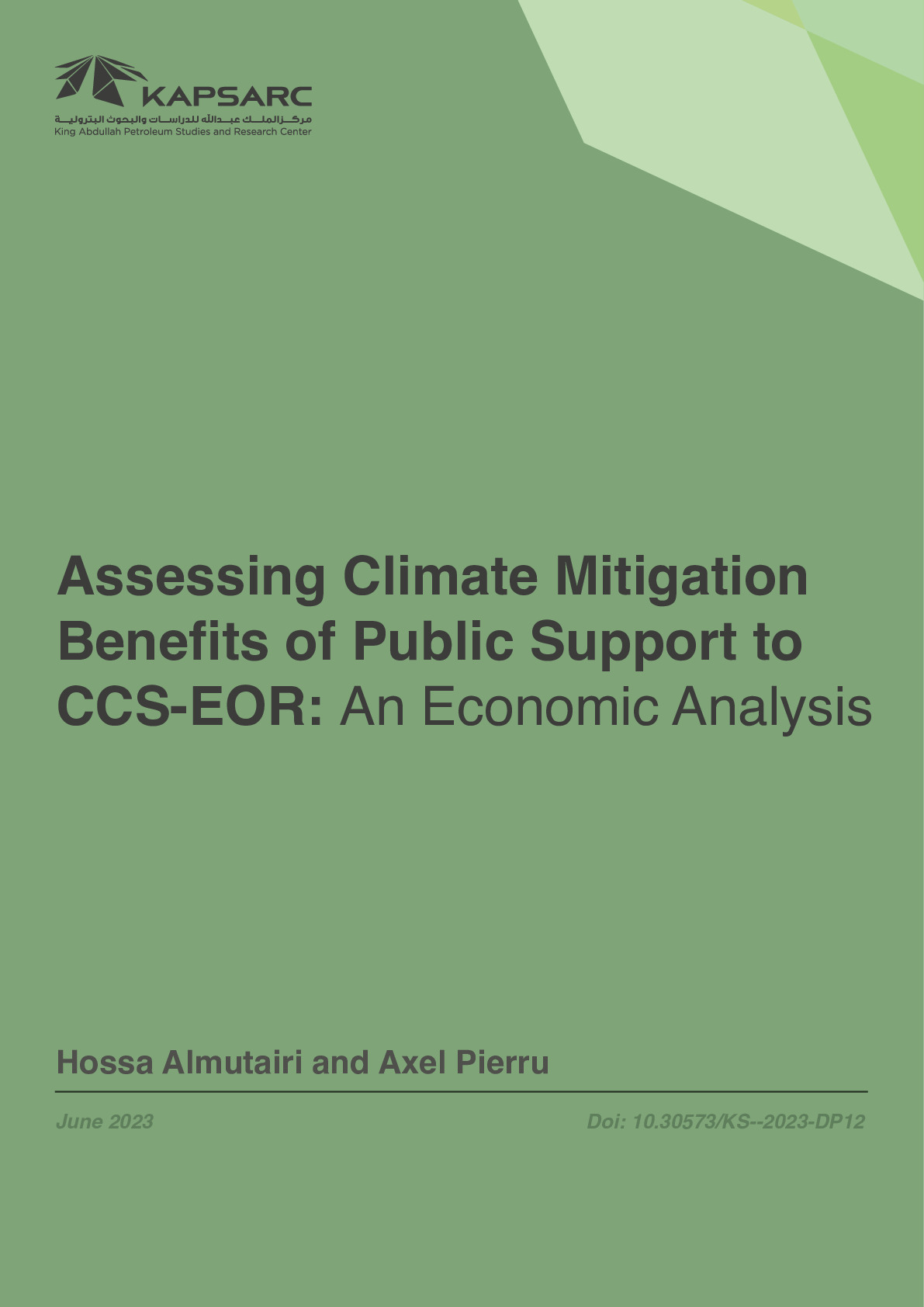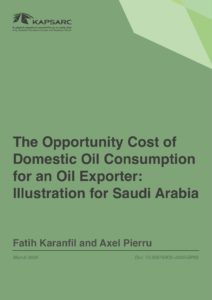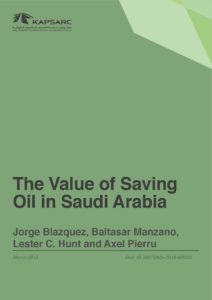The objective is to understand to what extent specificities of the Saudi economy influence how to assess projects from a public perspective. In a standard economics framework markets are considered to provide an efficient way of allocating resources and in consequence, the market price is used to signal the welfare effects. However, there are many goods and services for which there are no markets, and even for some market-traded goods and services, the market price may not reflect the “real value” due to market failures such as externalities, resource scarcity or economic distortions. This issue arises for Saudi Arabia’s economy, which is subject to many distortions including energy price controls, and, as a result, market prices of energy resources may not be a good measure of value. This kind of distortion propagates through the economy, affecting all sectors. Such a price-value divergence can be captured by calculating shadow prices of resources or opportunity costs.
Saudi Arabia’s economy is passing through a phase of transformation in which some resources will be freed from existing usages and allocated to new development opportunities. Making decisions based on the wrong opportunity costs or value of these resources could lead to over-or underinvestment in projects. This would, in fine, deteriorate the welfare of the citizens and prevent the Kingdom from fully realizing its economic potential.



